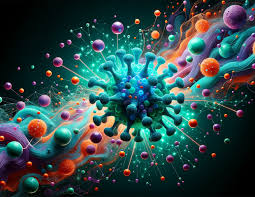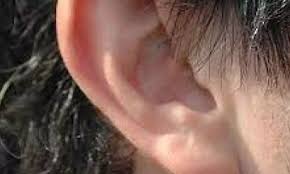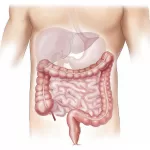Social drinking with friends often leaves us feeling upbeat and sociable, while drinking alone might lead to a more somber experience. New research sheds light on why these differing outcomes occur, with findings suggesting that social settings significantly influence the brain’s response to alcohol.
Kyung-An Han, Ph.D., a biologist at The University of Texas at El Paso (UTEP), and her team have made significant strides in understanding how social environments impact alcohol-induced pleasure. Their study, published in the journal Addiction Biology, explores the neurobiological processes behind social drinking and its link to euphoria.
According to Han, “Social settings influence how individuals react to alcohol, yet there is no mechanistic study on how and why this occurs.” To fill this gap, Han and her team used fruit flies—known for sharing about 75% of the same genes associated with human diseases—to investigate these effects.
The researchers exposed fruit flies to ethanol vapor in both solitary and group settings. They observed that while solitary flies exhibited a modest increase in movement, those in a group setting displayed significantly heightened activity. This heightened response was particularly pronounced in flies with increased dopamine levels, a neurotransmitter associated with pleasure and motivation.
The study identified the D1 dopamine receptor as a critical player in this process. Flies with increased dopamine levels in social settings showed more pronounced hyperactivity, indicating that dopamine and social context together amplify alcohol’s effects.
Paul Rafael Sabandal, Ph.D., a research assistant professor and study co-author, noted, “Our work is providing scientific knowledge to support the idea that the brain interprets and processes a person’s social surroundings and integrates this with the dopamine system activated by alcohol.”
This research provides valuable insights into how social contexts can affect alcohol consumption and its potential link to Alcohol Use Disorder (AUD). With nearly 29.5 million people affected by AUD in the past year, understanding these mechanisms is crucial for developing better treatment strategies.
Han and her team plan to further investigate the D1 receptor’s role in integrating social signals with alcohol’s effects, potentially offering new avenues for addressing AUD.
“This study not only advances our understanding of alcohol’s impact on the brain but also has the potential to contribute to strategies for helping individuals lead healthier lives,” Han said.
The research was supported by UTEP’s Orville Edward Egbert, M.D. Endowment fund. Additional contributors include former UTEP undergraduates Dilean Murillo Gonzalez and Bryan Hernandez Granados, now pursuing advanced studies at Baylor College of Medicine and Vanderbilt University, respectively.












